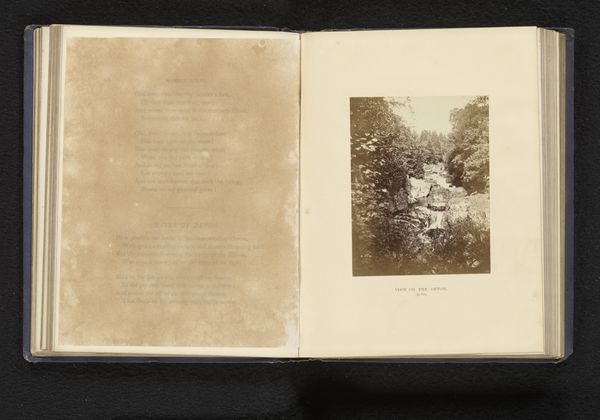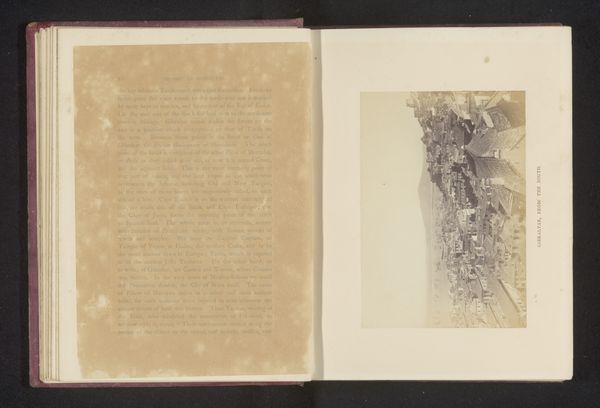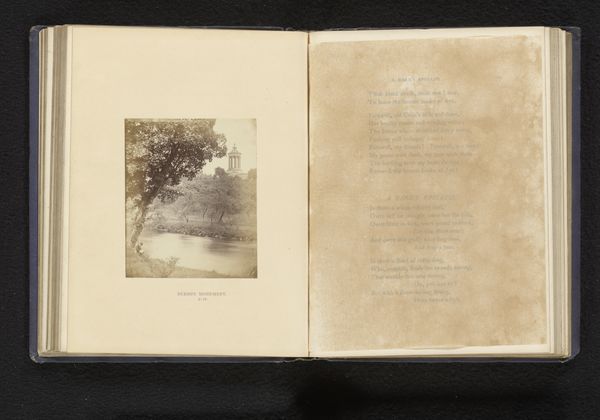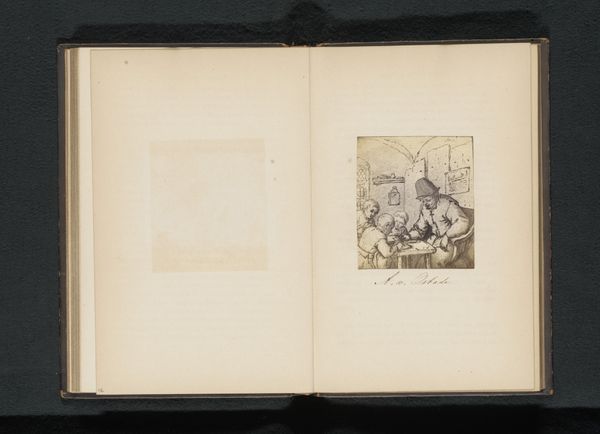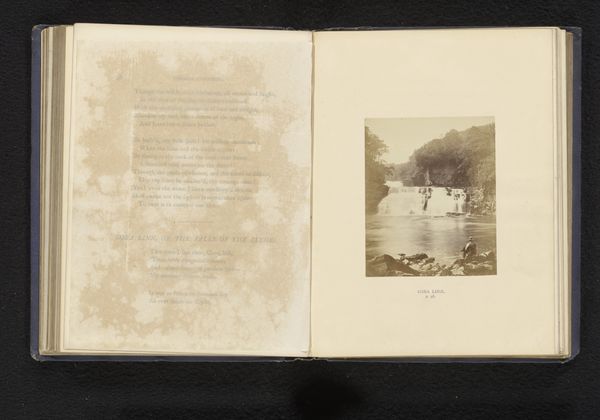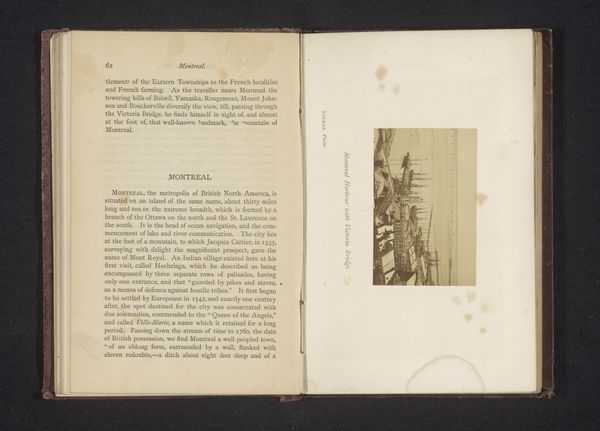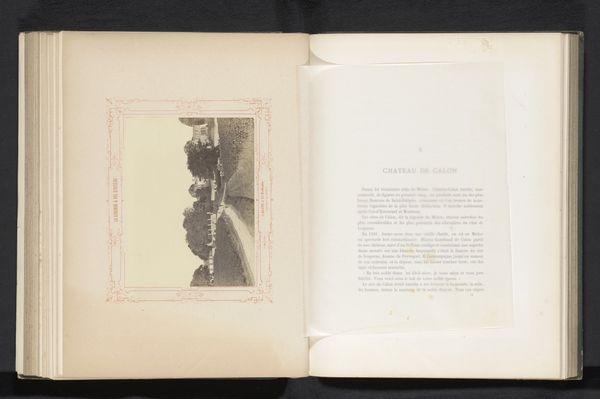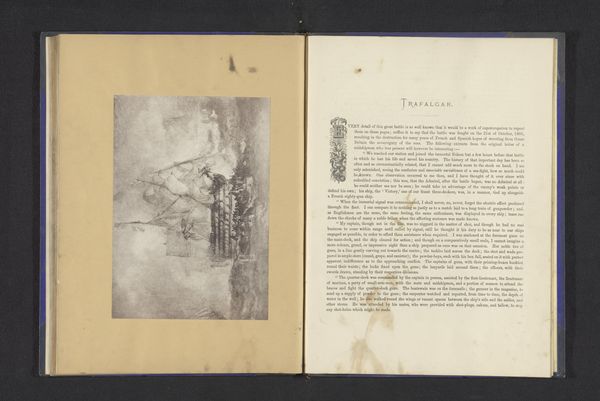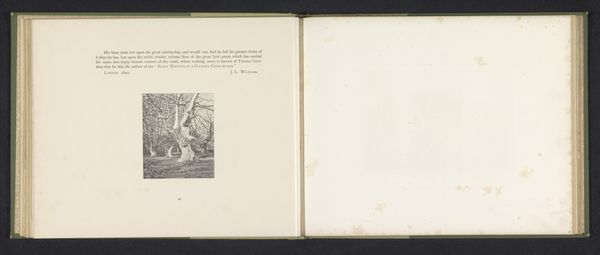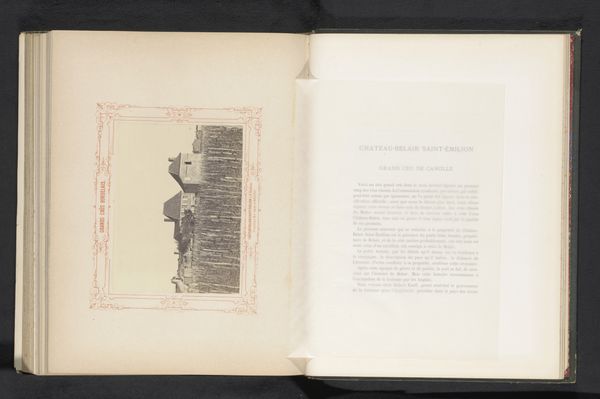
print, photography, albumen-print
# print
#
landscape
#
photography
#
albumen-print
Dimensions: height 94 mm, width 78 mm
Copyright: Rijks Museum: Open Domain
Curator: Here we have a striking albumen print, titled “Interieur van Iona Abbey,” created before 1868 by Stephen Thompson. It's part of a larger album, a detail worth noting. What strikes you first about it? Editor: It has an air of quiet melancholy. The crumbling stone and subdued tones evoke a sense of history weighed down by time. It feels like a place of contemplation and solitude. Curator: Indeed. Iona Abbey, situated on a small island in the Inner Hebrides of Scotland, has been a site of Christian worship and pilgrimage since the 6th century. The ruined state captured by Thompson speaks volumes about the cyclical nature of power, faith, and the inevitable decay that affects all human endeavors. This image resonates with the complexities of cultural memory and its intersection with religion and post-colonial theory. Editor: Thompson's choice of albumen print amplifies the narrative too. The soft focus and tonal range lends the scene an ethereal, almost ghostly quality. The composition directs our gaze towards the altar, or what's left of it, focusing on its significance, inviting reflections on ritual, loss, and continuity. The building appears more ruined due to how photography portrayed it at that time. Curator: Exactly. Thompson, through his photographic lens, provides a potent visual commentary on the state of religious institutions within the Victorian era. How societal values shaped perceptions of spiritual spaces like Iona. Were they objects of revival or romanticized decay? Also, how did post-colonial society interpret Scotland? Editor: These photographs played a crucial role in shaping perceptions and were instruments in negotiating Scottish identity within the larger British context. It's fascinating to reflect how these early landscape photos became part of Scotland’s collective narrative. The ruins became more potent and prominent that way. Curator: Thompson’s print allows us to ponder the past’s influence, as a potent visual argument about the preservation, interpretation, and instrumental use of historical narratives. Editor: It has left me reflective and sad. This historical intersection underscores photography’s transformative role and how its impact on society and its past cannot be undermined.
Comments
No comments
Be the first to comment and join the conversation on the ultimate creative platform.
